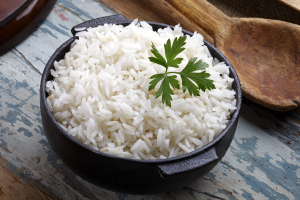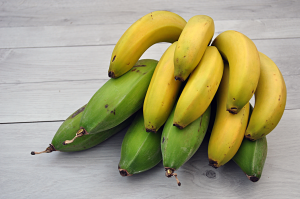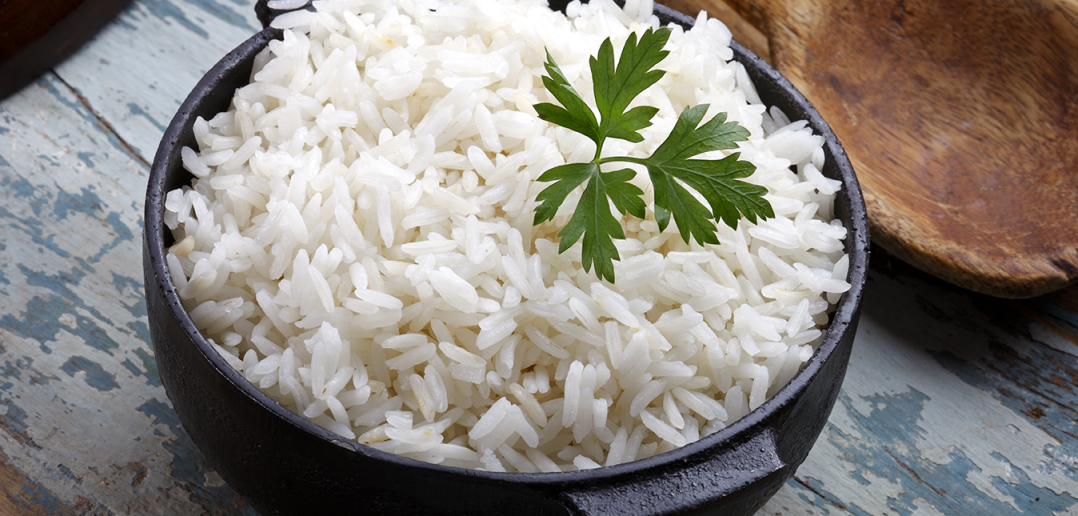
Resistant starch found in white rice may promote weight loss through its positive effect
Overcoming gut dysfunction and achieving an ideal weight are two of the most talked about and popular areas of health these days. In fact, the two areas are closely linked, with research now showing that problems in the gut, or more specifically in the balance of gut bacteria, can contribute to all sorts of health problems including obesity.
One substance that might improve the balance of bacteria in the large intestine is resistant starch. Resistant starch is a type of starch that we can’t digest or benefit from as a food source. It contains prebiotics, which are special carbohydrates that travel through the digestive system and reach the large intestine intact.
There are several types of prebiotic, but resistant starch appears to be particularly beneficial for the human gut compared to other prebiotics
There are several types of prebiotic, but resistant starch appears to be particularly beneficial for the human gut compared to other prebiotics. In the large intestine, the prebiotic carbohydrates within resistant starch can act as fuel for the probiotics, or friendly bacteria, that reside there. These beneficial bacteria then produce a short chain fatty acid called butyrate, which is essential for the health of the cells that line the colon, making it stronger and less prone to damage. This in turn helps to protect us against the inflammation that can result from a damaged, or leaky, digestive tract.

It’s worth eating unripe bananas and plantains which contain resistant starch
As well as keeping our guts healthy, resistant starch may promote weight loss through its positive effect on blood sugar levels and insulin response. We know that higher blood sugar and insulin levels lead to more fat storage, so it stands to reason that lower blood sugar and insulin levels should help reduce this unwanted storage of fat after meals. Other studies have found resistant starch helps to preserve lean muscle mass, which means a healthier body composition. It may also help to keep you feeling fuller for longer, which can prevent grazing and overeating.
Within the classification of resistant starch are four subtypes depending on where the starch is found, e.g. resistant starch is present in some grains, seeds, fruits and vegetables. One of the subtypes refers to resistant starch created when certain foods are treated in a specific way, such as cooking and then cooling before eating.
| How to benefit from resistant starch |
|---|
| Start introducing certain foods that contain resistant starch, such as unripe bananas and plantains; or white rice, potatoes and legumes that have been cooked and then cooled either to room temperature or in the fridge before eating – don’t reheat the food, otherwise the resistant starch disappears. Try adding a cup of resistant starch-rich foods to your diet each day. |
| On some days, it may be more convenient to get your resistant starch from a powdered resistant starch source, such as potato starch (not flour) and tapioca starch, perhaps mixed into smoothies. Start with about ¼ tsp per day and work up to 1 tbsp. |
| When you start consuming resistant starch, take it slowly and build up gradually. You may experience bloating initially as your digestive system adjusts. Until then, don’t feel that you need to consume resistant starch every day – experiment with what feels right for you. |
| If you notice real discomfort, it may be a sign your digestive system needs more specialised help, so stop using resistant starch, seek professional advice and try again another time. |




